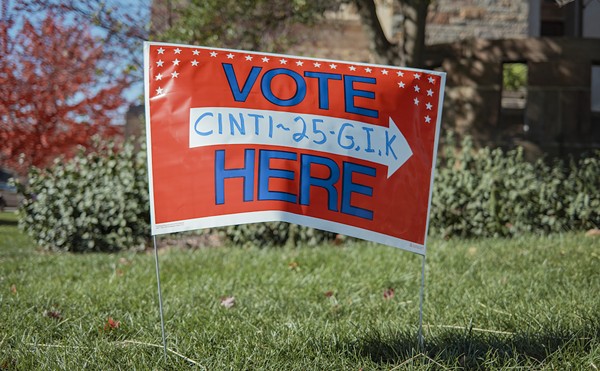John Crawford, Jr., the father of a 22-year-old killed by Beavercreek Police in a Walmart in August, told a statewide task force visiting Cincinnati March 8 that he is still struggling with his son’s death and that he believes some police officers “just want to shoot.”
The Ohio Task Force on Community-Police Relations, an 18-member group convened in December by Gov. John Kasich, held its final, emotional five-and-a-half-hour community listening session in Cincinnati.
Kasich issued an executive order creating the task force after national controversy over police shootings of unarmed black citizens in Ferguson, Mo., New York City, Cleveland, Beavercreek and elsewhere.
Crawford’s anger and hurt were visible as he said that extra training for police and better data to end harmful profiling in black communities were necessary measures, but that they alone would not end incidents like the one that caused his son’s death and others that have gained national attention, including the police shooting of 12-year-old Tamir Rice in Cleveland and Mike Brown in Ferguson, Mo. Crawford said a cultural shift is necessary to end racial disparities in policing across the country.
John Crawford III was in a Beavercreek Walmart Aug. 5 when police officers shot him after a 911 caller reported he had a gun. It turned out to be a pellet gun that was sitting unwrapped on a shelf in the store.
A grand jury declined to indict officer Sean Williams for the shooting.
More than 60 people showed up to the meeting, including 45 who signed up to address the task force. In addition, the task force heard expert testimony from Chicago Police Superintendent Garry McCarthy and Cincinnati civil rights attorney Al Gerhardstein. Gerhardstein, along with panelist Damon Lynch III and a number of other activists, was responsible for Cincinnati’s collaborative agreement in the wake of the city’s 2001 civil unrest. He praised that agreement, saying that it has made CPD a much better law enforcement agency.
Community input was wide-ranging. Some, like Crawford, called for increased accountability for police and reformation of the state’s grand jury system. Others advocated reforming Ohio’s drug laws. A group of young activists from the Ohio Students Association argued for more youth presence on the task force.
The task force has also visited Cleveland, Wilberforce and Toledo. The group is made up of lawmakers, community leaders, academics and law enforcement professionals, including locals Lynch, State Rep. Alicia Reese and Cincinnati City Councilwoman Amy Murray. The group is expected to release a report outlining policy suggestions based on the listening sessions at the end of April.






